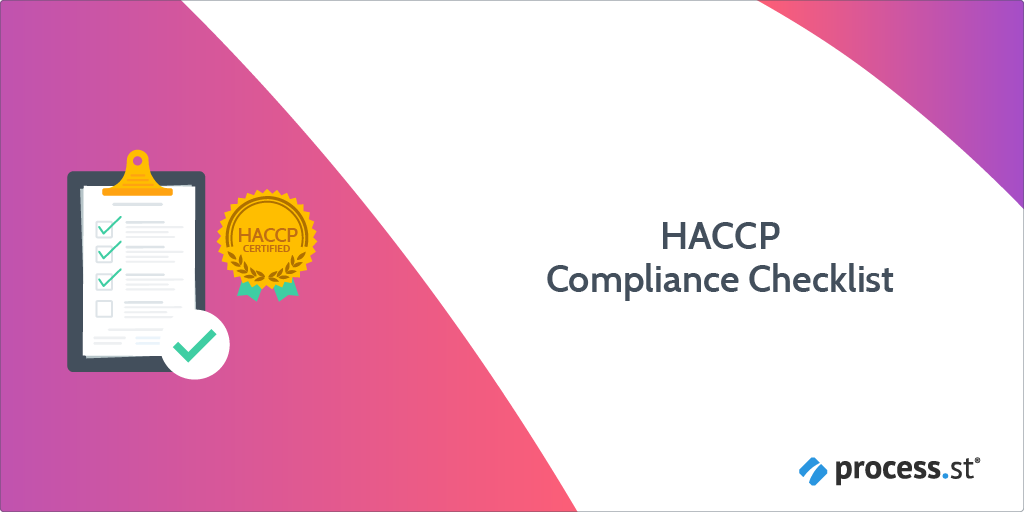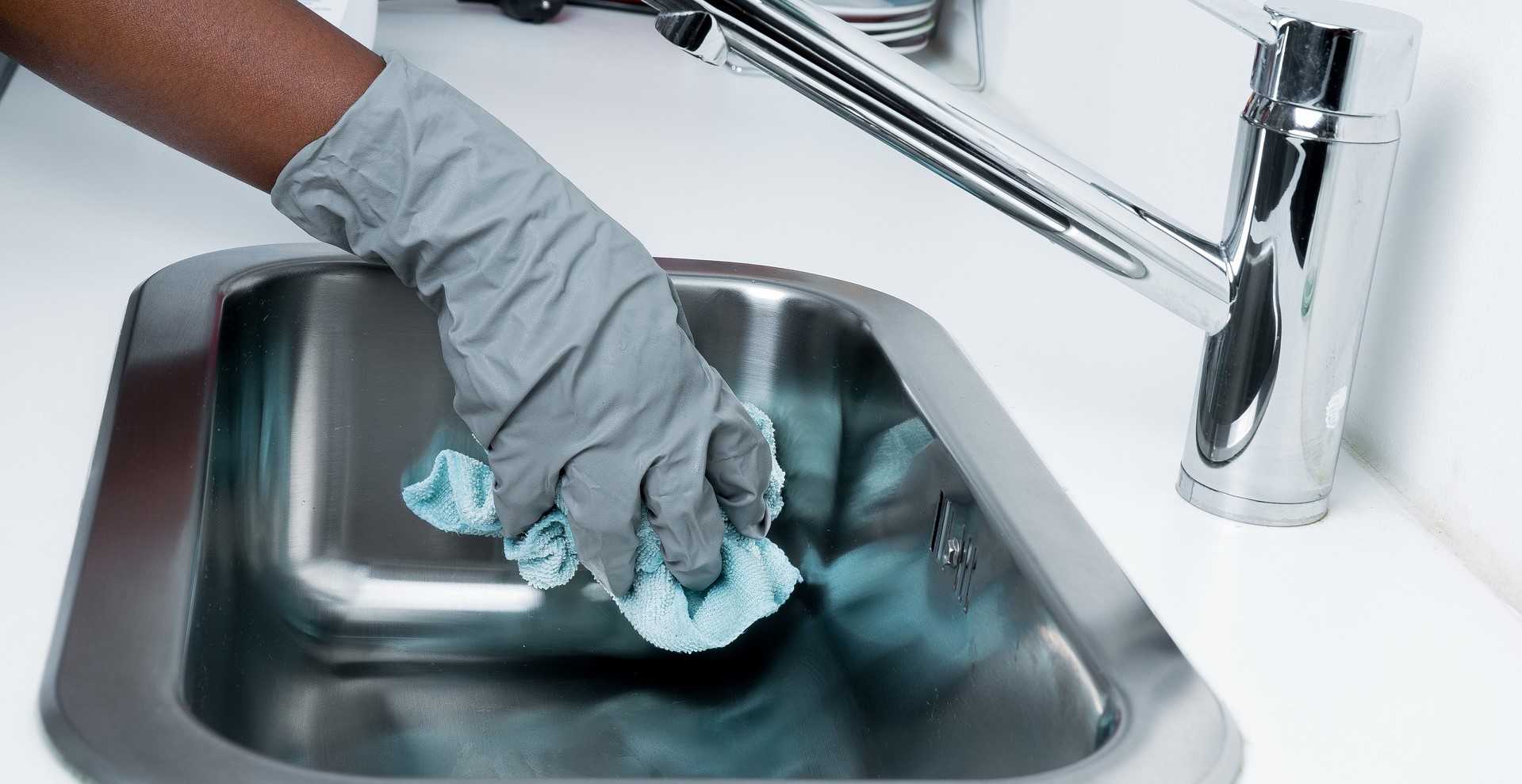To run a food business, a plan is needed based on the Hazard Analysis and Critical Control Point (HACCP) principles. A HACCP plan keeps your food safe from biological, chemical, and physical food safety hazards.
A HACCP plan involves:
- Looking closely at what you do in your business, what could go wrong, and what risks there are to food safety.
- Identifying critical control points, that is, areas a business needs to focus on to ensure those risks are removed or reduced to safe levels.
- Deciding what action you need to take if something goes wrong.
- Making sure your procedures are being followed and are working.
- Keeping records to show your procedures are working.
An internal audit needs to be conducted on a regular basis to ensure that your organization remains fully compliant with HACCP requirements.
This Process Street checklist will guide you through the process so you can accurately, and efficiently, evaluate compliance.
The checklist will cover:
- Hazard analysis
- Critical control points
- Monitoring procedures
- Corrective action
- Verification procedures
- Cleaning procedures
- Pest control
- Training
Let's get started.
A little info about Process Street
Process Street is superpowered checklists. By using our software to document your processes, you are instantly creating an actionable workflow in which tasks can be assigned to team members, automated, and monitored in real-time to ensure they are being executed as intended, each and every time.
The point is to minimize human error, increase accountability, and provide employees with all of the tools and information necessary to complete their tasks as effectively as possible.





